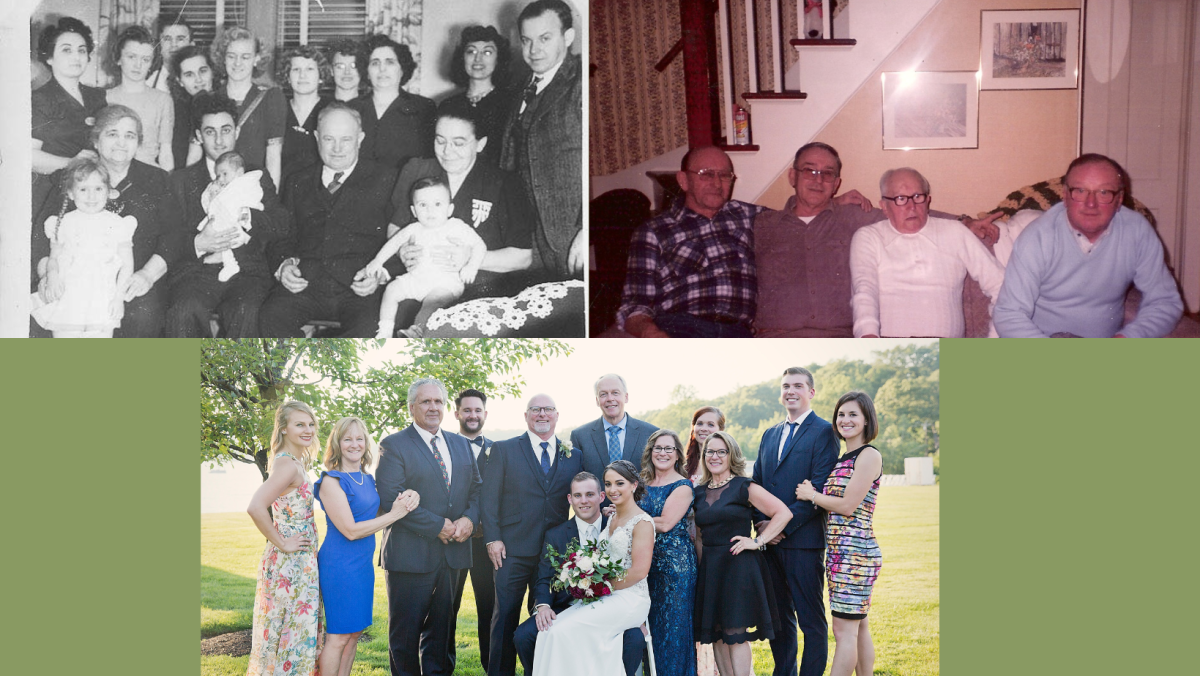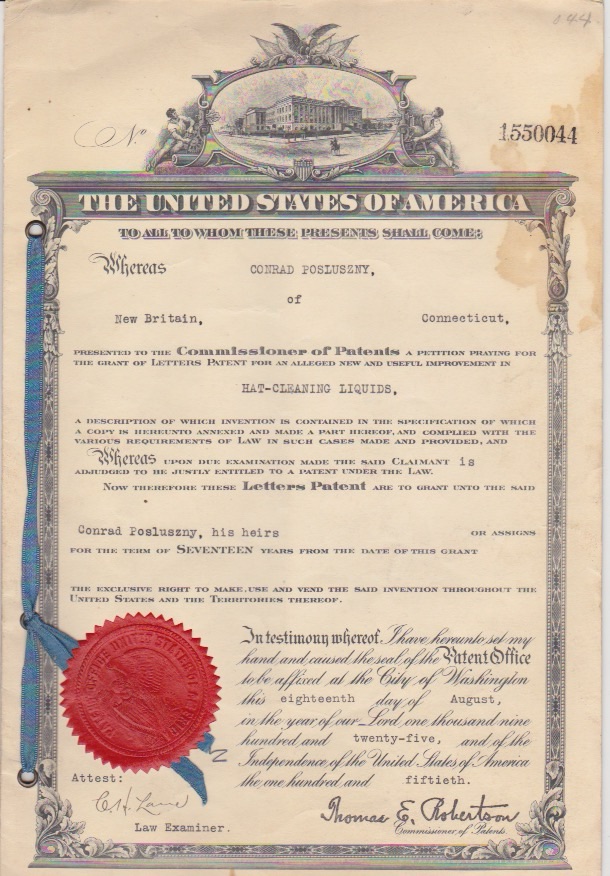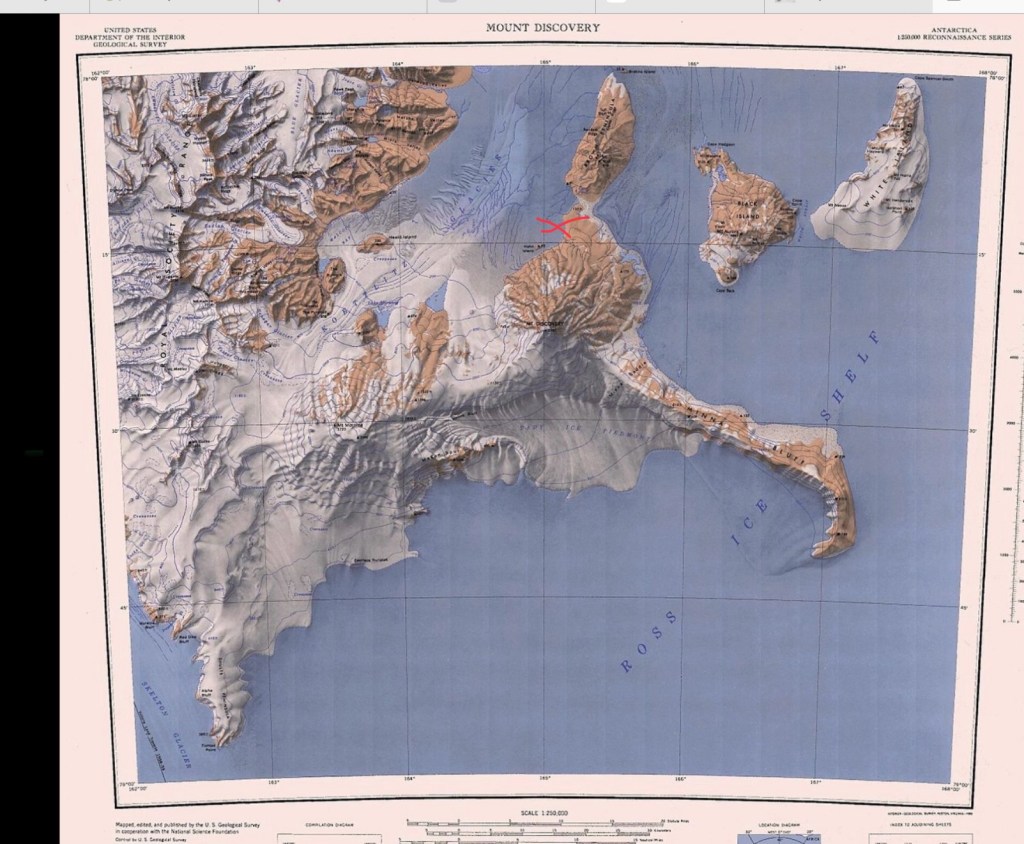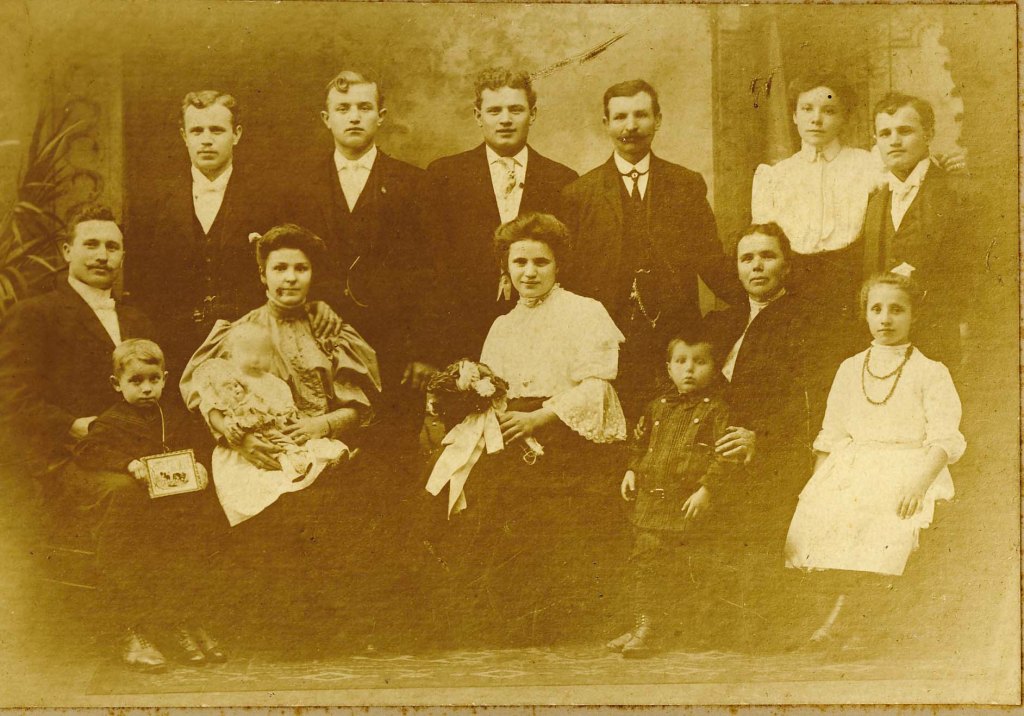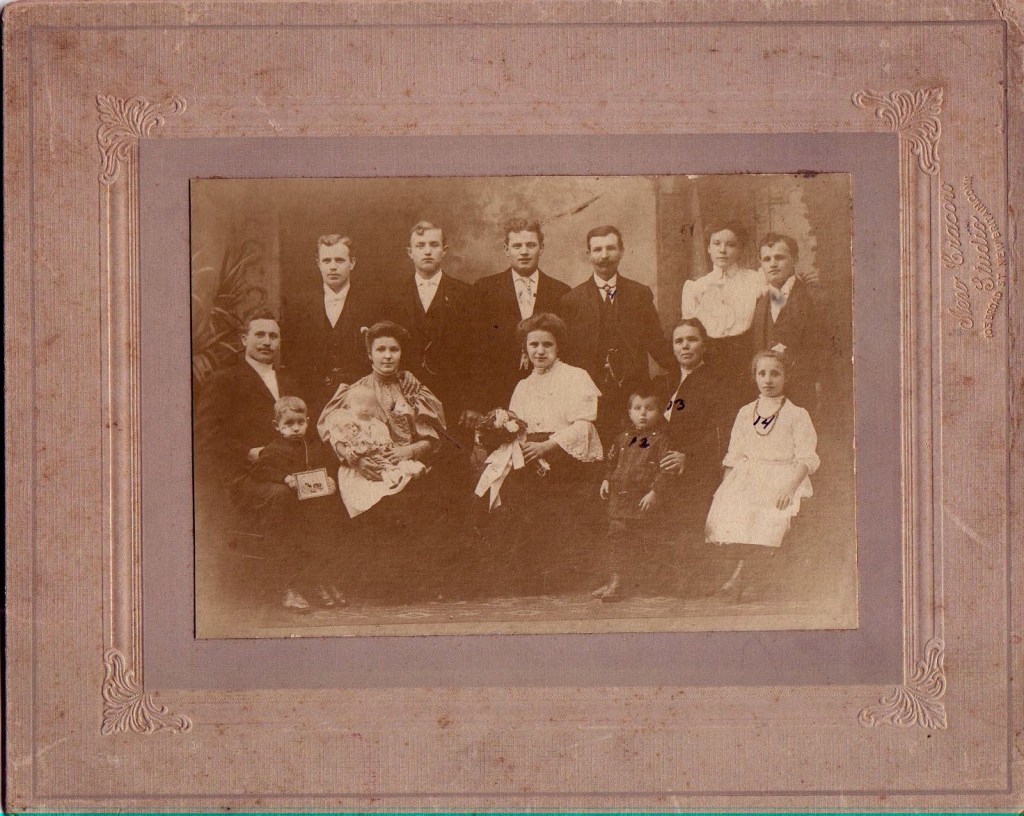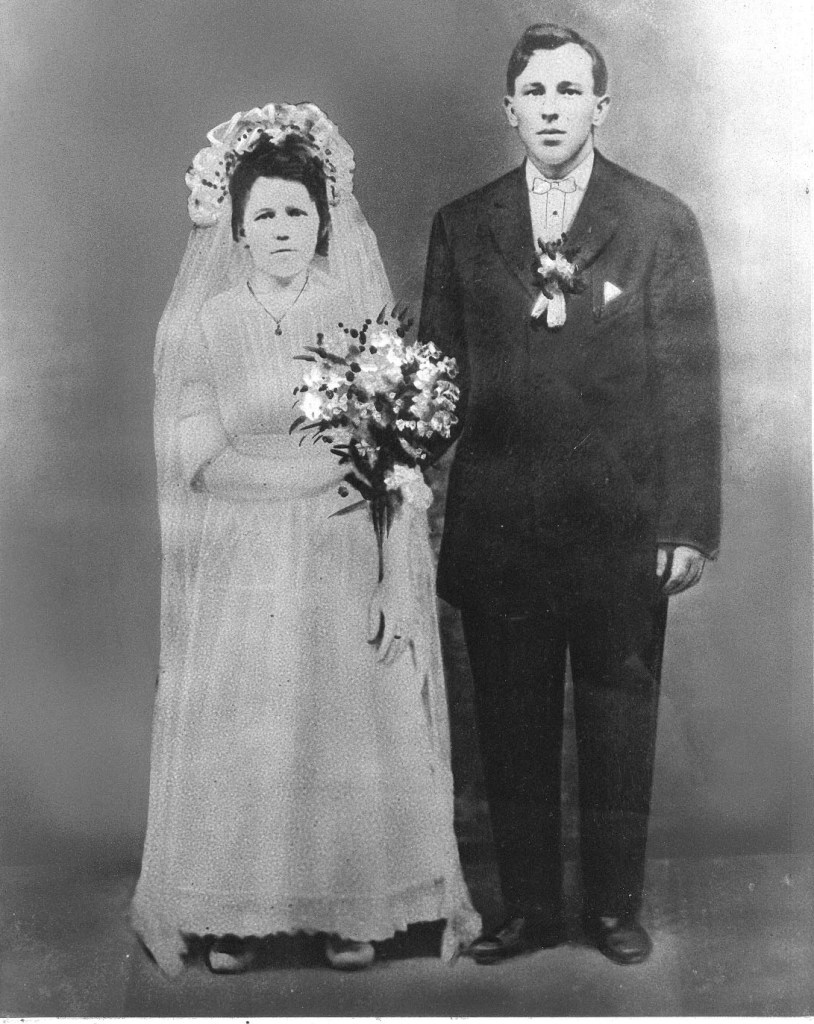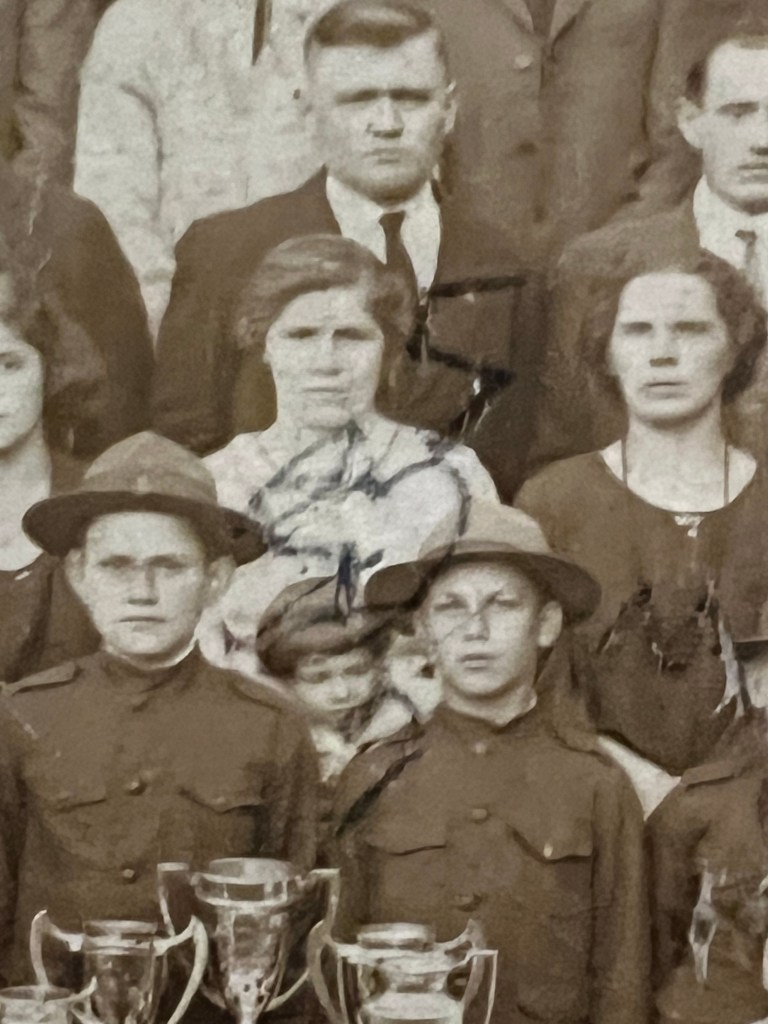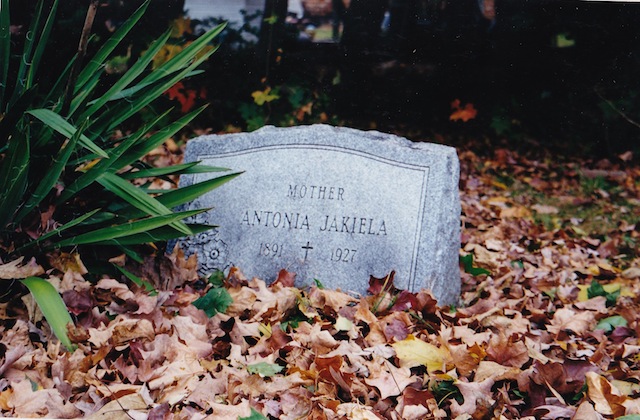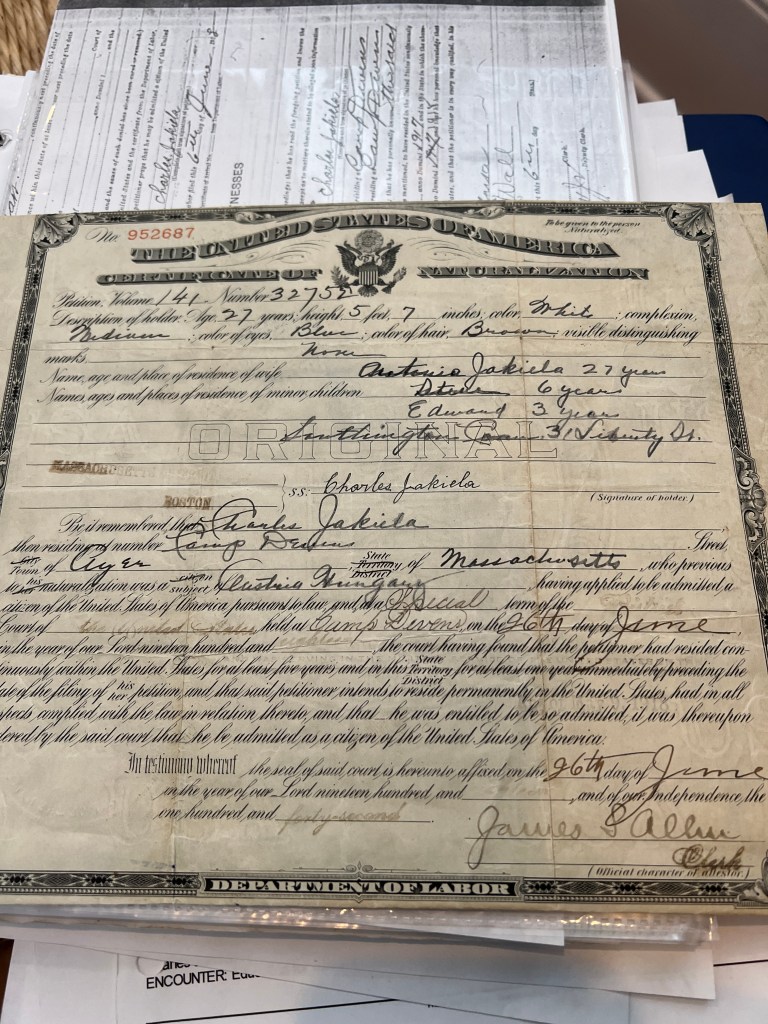The topic for week 13 of 52 Ancestors in 52 Weeks is – Worship.
My maternal and paternal sides of my family have always been catholic. I have no church records of their marriages in the United States but I have baptism records for almost all of my parents’ siblings. My Posluszny family likely attended St. Mary’s Church in Yonkers New York as it was the oldest Catholic Church and about a half mile from their Jefferson Street home.
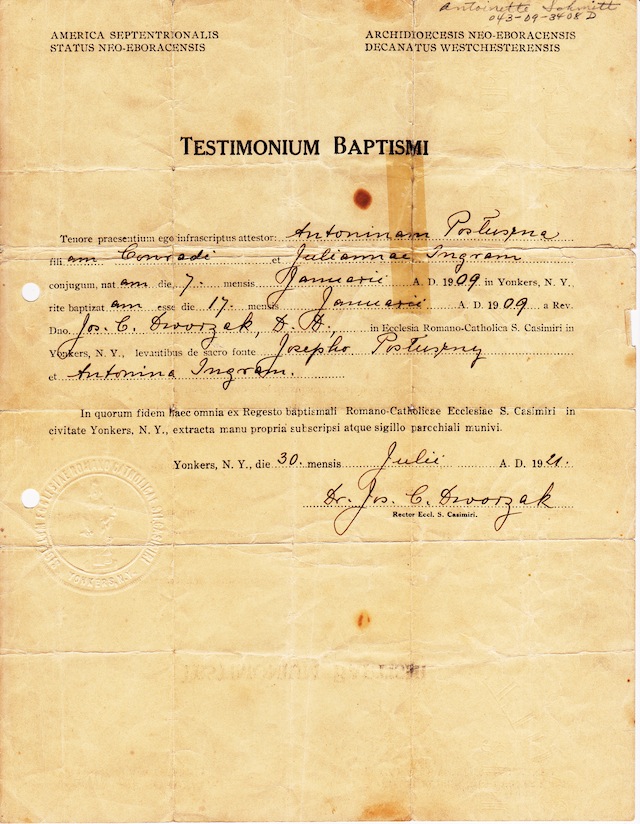
After their move to Wallingford, my Great Aunt Mary Posluszny Biega and her family attended St. Casimer’s Polish National Church. There was/is also a Polish Catholic Church, Saints Peter & Paul in Wallingford so I’m not sure of their decision to go to one over the other – possibly location. My Aunt Judy talked about my grandmother acting in the plays at St. Casimer’s with my Great Aunt Mary (her sister-in-law) directing, so I’m assuming she attended that church! At some point, my mother’s family switched to Holy Trinity Church. I speculate it had something to do with my cousin Judy, the first grandchild, attending Holy Trinity School in the mid-1940s. There would be 13 Posluszny related cousins attending the school over the course of 40 years.
The Biega family and my great grandmother Carolina Posluszny/Bonk continued at St. Casimer’s and are buried in its cemetery. While Holy Trinity has a beautiful spacious cemetery not far from the center of town, St. Casimer’s is off an industrial road on the south end of town near the highway and train tracks. In fact, you used to cross over the tracks at section WITHOUT ANY GATE OR SIGNAL. Yes, I put that in all caps because our neighbors (father, daughter, and son-in-law) were hit by a train while crossing the tracks in their car in 1992. That amazes me that the crossing was still allowed in the 1990s.
Interesting aside about Holy Trinity Church…I met an older woman years ago while on a work appointment. She was Italian and grew up in the Colony Street area of Wallingford. She said Holy Trinity Church was started by the Irish in Wallingford in 19847 and a brief rundown of the priests in the church’s history reads like a Dublin phone book – McGarisk, O’Reilly, Teevens, Quinn. The Italians were not made to feel very welcome in the church so they created their own women’s society within the church. Perhaps that’s why the town still has two Polish churches!

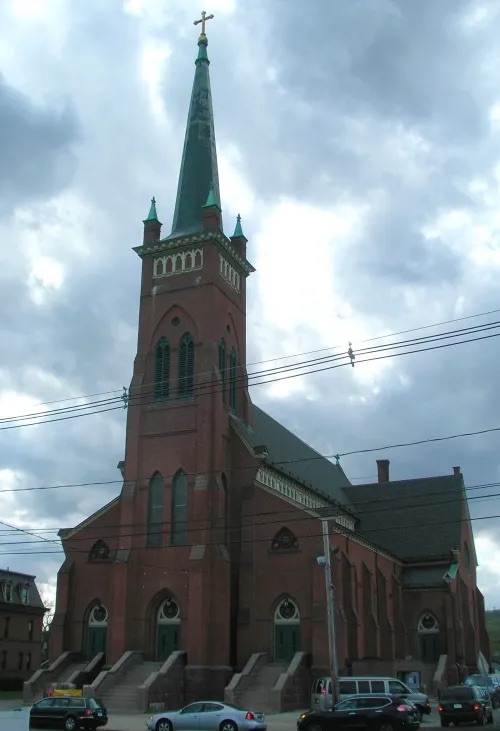
Once my paternal Jakiela side settled in Southington CT, they attended The Church of the Immaculate Conception where my Uncles Steve and Eddie made their first communion.
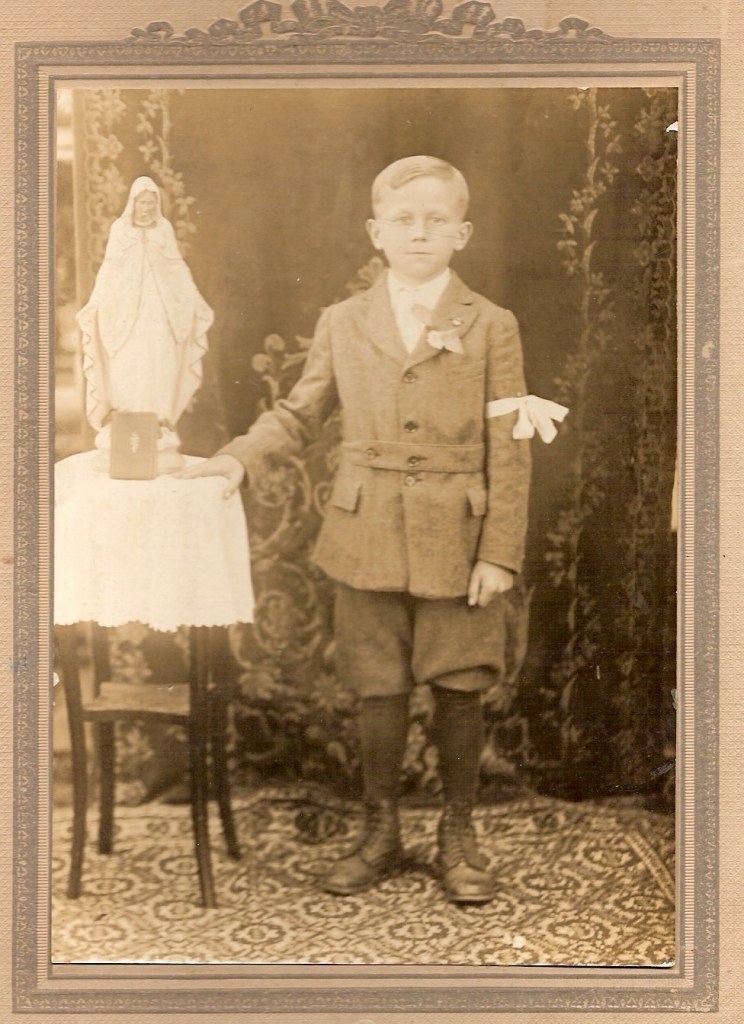

After my grandmother Antonia died, my grandfather and his five children moved to Wallingford and they began attending Saints Peter and Paul Roman Catholic Church. My dad, his brother Walter, and his sister Helen all made their first communion there. The boys were altar boys and Helen cleaned the altar for the priest.
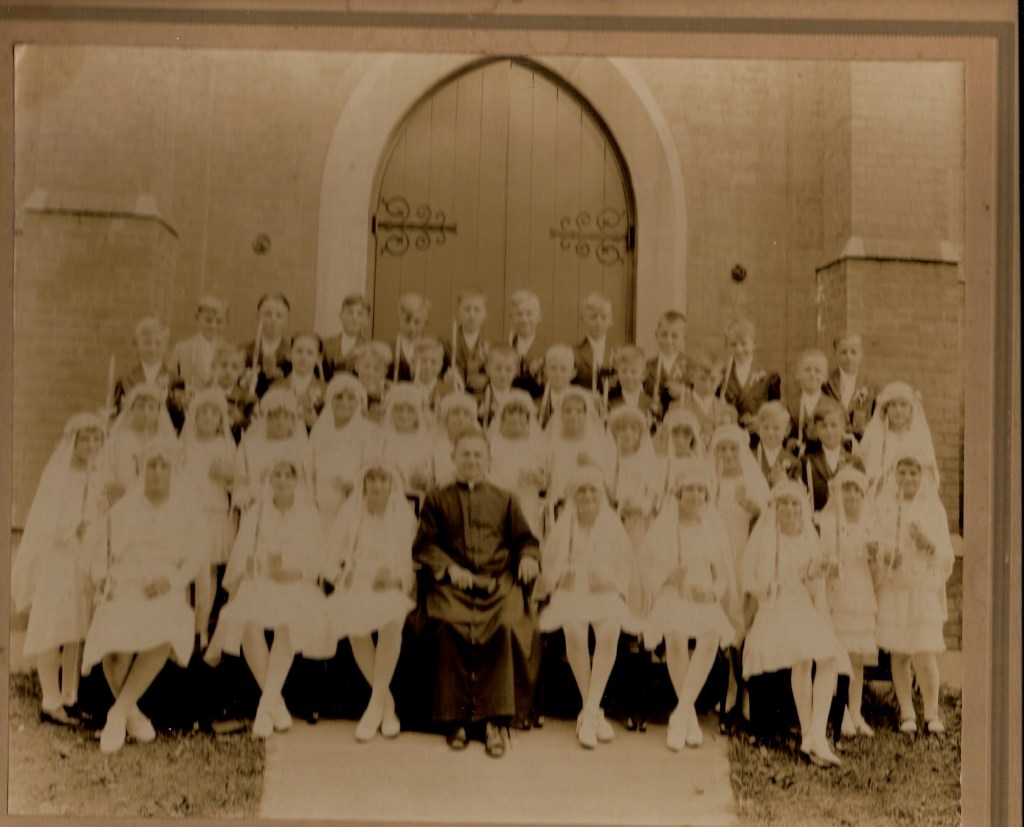
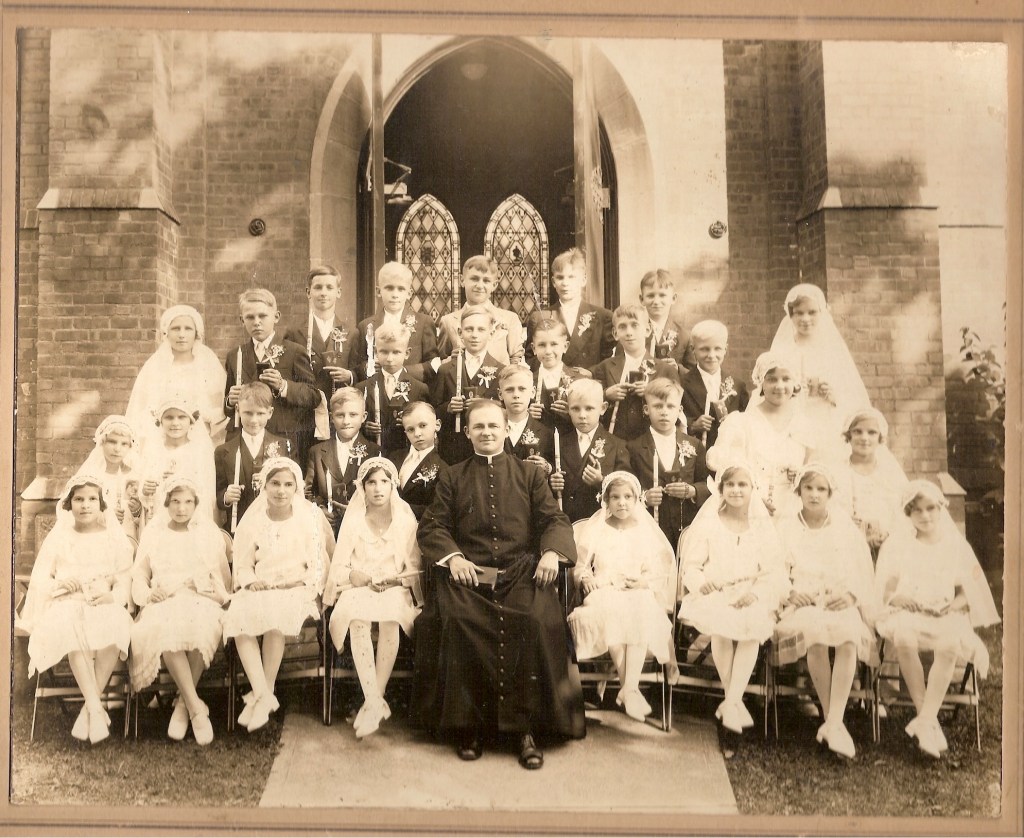

After their father died tragically in 1935 the priest worked with Steve, the oldest sibling, to be sure the family stayed together by offering to “be their guardian” in the event the state tried to separate them. Thankfully that didn’t happen!
My Uncle Steve’s family must have continued to attend Sts. Peter and Paul after their first two children were born. Charles, their oldest, wanted to attend Holy Trinity School. In order to get free or discounted tuition, they needed to be parishioners of Holy Trinity Church as so they did. That began a Jakiela tradition of all eight Wallingford cousins graduating from Holy Trinity School.
As a family, my parents, sisters and I went to Holy Trinity Church every Sunday for the 9:15am mass. We sat in the same general area and looked the back of the same heads every week. We also attended mass with our classes for holy days. I enjoyed walking down the hill to the church on those days! I was not crazy about going to mass every Sunday and wished that we took a summer break from church like we did with school. Even when we were on vacation, we went to Sunday mass at the local church!
After mass we would head to Boylan’s Market to pick up the Sunday newspapers – New Haven Register, New York Daily News, and a Boston paper – and drop off a paper to our grandmother and Aunt Tootsie.
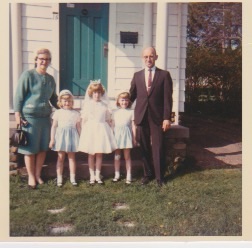

We all made our first communion and I was annoyed we didn’t get to wear pretty dresses like Janice did! we made our confirmations and had our 8th grade graduations at church as well. Janice and Gail both were married at Holy Trinity.
When my mother died in April of 1987, her funeral mass was one of the last times I attended church before I moved to California that October. I didn’t stop because I was upset with God or anything but I was going because I didn’t want to disappoint my mother. Weird I guess, but we do what we do.
My father continued to attend of course and looking back I really admire his faith. Not the “I have faith in you” kind, but his religious faith. It’s not always easy. He started attending the late Saturday afternoon mass and afterwards, he would drop off the mass bulletin to my Aunt Tootsie, my mother’s oldest sister. He probably did that right up until his heart surgery.
He died in 2010 on Palm Sunday. The nursing home distributed palms that morning and they were in his room when he died. I still have them. As he told the medium in the first reading I had, “I died an angel’s death Phil”, meaning he didn’t feel anything, he didn’t suffer. Fitting for a person who worshipped until the end.
